What is a CV?
Latin for “course of life” a CV is often a longer document used for specific positions, such as academic work, teaching, research, grants, or scholarships.
It is mainly academic in focus and does not have length restrictions, as is a complete record of your academic and professional achievements.
Similar to a resume, it can include sections such as education, work history, and skills, but may also include sections such as:
- public speaking
- publications
- research
- laboratory and/or field skills
- awards/grants
- teaching experinece
- liscences/certifications
- study abroad
- professional memberships
Many organizations will specify the format they want used when applying with a CV, so check the website of the organization for specific instructions. Note that an international organization may request a CV, which is usually synonymous for resume. This can vary by country, however, so always do some research into the jargon of the country you’re applying to work in.
We’ve created a CV example for those looking to craft one without specific style rules. This can be useful if you’re applying to URGO or other research work!
